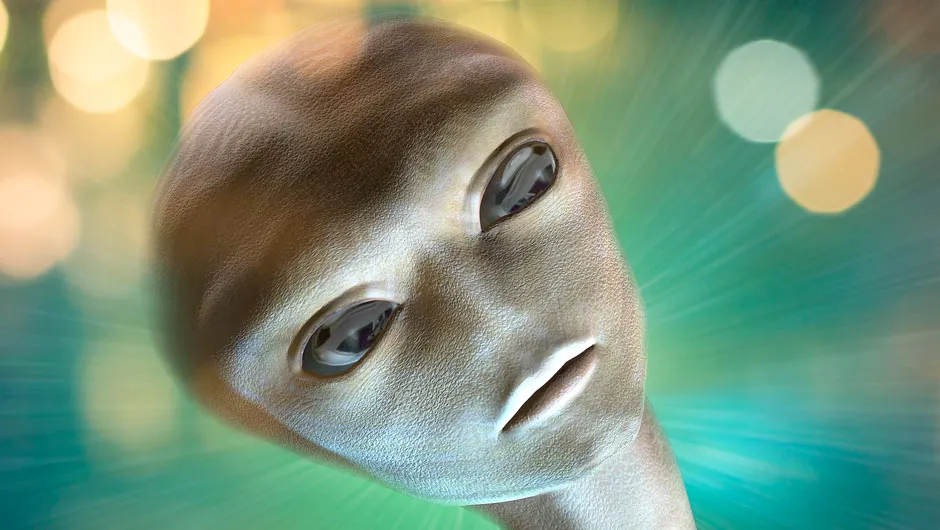
What is the Appearance of Aliens? Clues to This Mystery Might Be Found in Earth's Animal Kingdom.
The subject matter at the heart of this discourse found at https://www.sciencefocus.com/science/what-do-aliens-look-like revolves around the speculative inquiry into the physical attributes of extraterrestrial life. Despite the absence of tangible and empirical evidence substantiating the existence of aliens, the narrative undertakes a comprehensive exploration into the scientific considerations that underpin conjectures regarding their potential appearances. The discourse delves into intricate factors such as the conditions prevalent on their native planets and the evolutionary constraints that might shape the form and features of these hypothetical life forms.
A noteworthy emphasis is placed on the expansive scope of the universe and the heterogeneity of environments existing on diverse planets. These facets are posited as catalysts for fostering a myriad of possibilities concerning the appearance and characteristics of extraterrestrial entities, each conceivably possessing distinct and unparalleled attributes.
In tandem with the scientific perspective, the narrative ventures into the realm of cultural influences on human perceptions of aliens. A particular focus is directed towards the pervasive impact of science fiction and popular media in shaping preconceived notions. The prevalence of humanoid depictions in these cultural portrayals is dissected, with the underlying premise being the inherent human inclination to anthropomorphize the enigmatic and the unknown. This anthropocentric tendency, deeply embedded in human psychology, serves as a lens through which extraterrestrial life is often envisaged.
While acknowledging the speculative nature of the discourse, the narrative acknowledges and indeed celebrates the role of imagination in propelling scientific inquiry forward. It contemplates the potential for unforeseen revelations and paradigm shifts in the eventuality of the discovery of extraterrestrial life, underscoring the vital interplay between imaginative exploration and the pursuit of empirical knowledge.
The discourse extends its purview to contemplate the limitations inherent in human understanding, especially in the context of life forms that could be radically divergent from terrestrial organisms. It engages with the conceivable challenges associated with recognizing and establishing communication with entities whose fundamental nature may defy conventional Earth-centric paradigms.
As the narrative draws to a close, it accentuates a crucial theme — the significance of maintaining an open-minded and adaptable approach. Such a stance is deemed imperative in the face of potential future discoveries related to extraterrestrial life. The discourse, therefore, serves not only as an exploration of the captivating aspects of astrobiology but also as a call to embrace the evolving nature of our understanding and perception of the cosmos.



